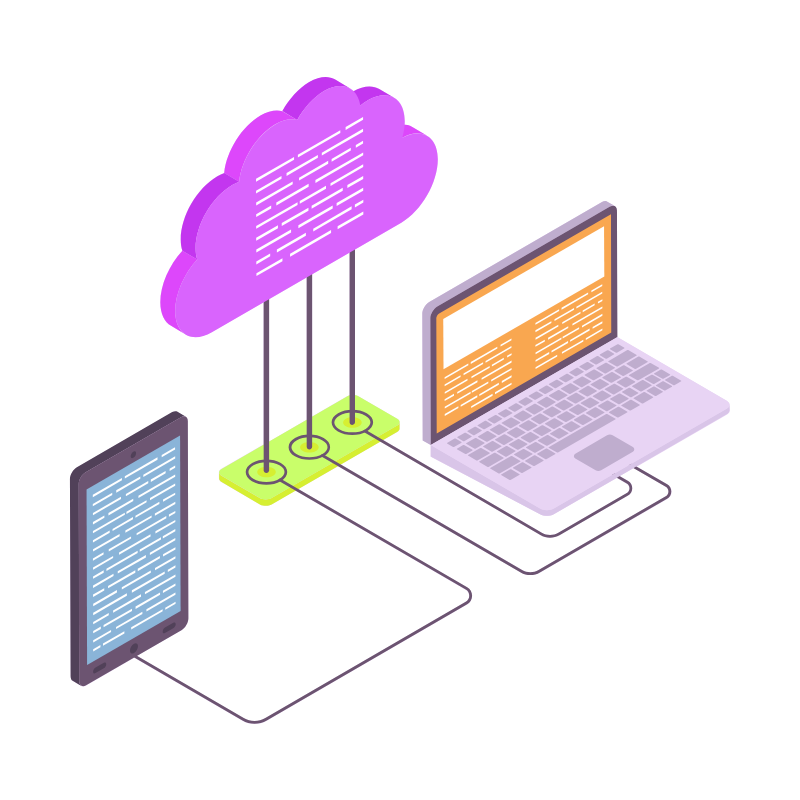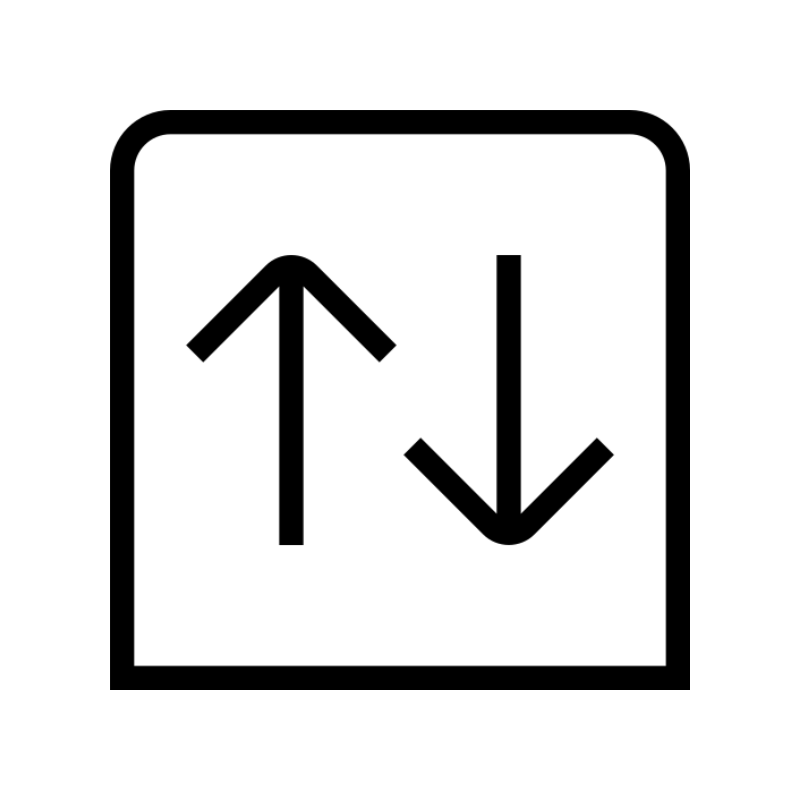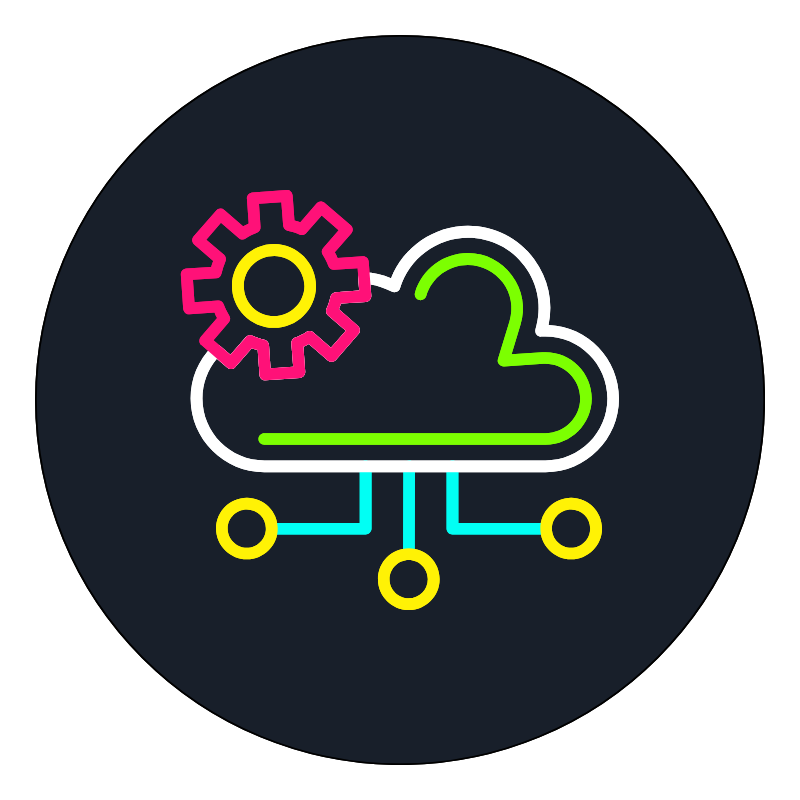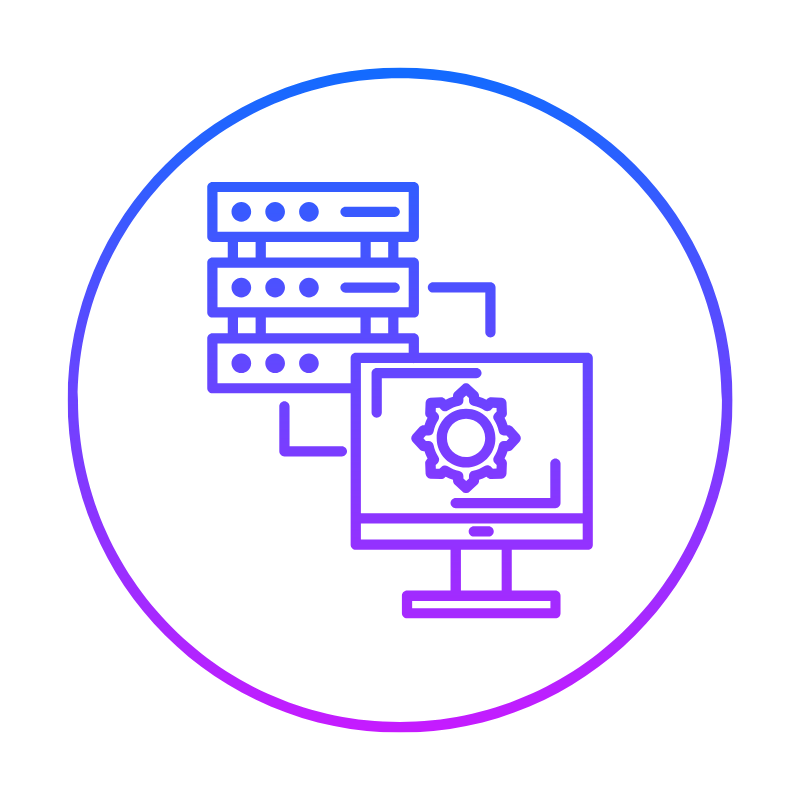Last updated on February 19th, 2025 at 11:52 am
Ever dreamed of running your own fashion empire from the comfort of your home?
Starting an online clothing business in the Philippines might be your ticket to financial freedom and creative fulfilment.
But let’s be real – it’s not all glitz and glamour.
There’s a lot of hard work involved, and you need to know what you’re doing.
That’s why I’m here to break it down for you, step by step.
By the end of this post, you’ll have a clear roadmap to launch your very own online clothing store in the Philippines.
So, let’s make your fashion dreams a reality!
The Exciting World of Online Fashion Retail
Picture this:
You’re scrolling through your phone, admiring the latest trends in Filipino fashion.
Suddenly, it hits you – “I could do this too!”
And you know what? You absolutely can.
The online clothing market in the Philippines is booming, and there’s plenty of room for newcomers with fresh ideas.
But before you start dreaming about your first million pesos, let’s talk about why this industry is so hot right now:
- E-commerce explosion: More Filipinos are shopping online than ever before
- Fashion-forward culture: We love looking good and staying trendy
- Social media influence: Instagram and TikTok are basically free advertising platforms
- Low barrier to entry: You don’t need a physical store or a massive inventory to get started
Now, I’m not saying it’s going to be easy.
But if you’re passionate about fashion and willing to put in the work, the rewards can be incredible.
Here’s what you stand to gain:
- Financial independence: Build a business that can support you and your family
- Creative freedom: Express your unique style and vision
- Flexible lifestyle: Work from anywhere, anytime
- Scalability: Start small and grow as big as you want
But enough daydreaming.
Let’s get down to the nitty-gritty of how to actually make this happen.
Step 1: Market Research and Niche Selection
Alright, it’s time to put on your detective hat.
Before you start selling, you need to know exactly who you’re selling to and what they want.
This is where market research comes in.
Think of it as your secret weapon – the more you know about your target market, the better equipped you’ll be to serve them.
Here’s how to approach your market research:
Identify your target audience
- Age range
- Gender
- Income level
- Lifestyle preferences
- Fashion interests
Analyze your competitors
- Who are the big players in the Philippine online clothing market?
- What are they doing well?
- Where are they falling short?
Spot trends and opportunities
- What styles are gaining popularity?
- Are there any underserved niches?
- What problems can you solve for your customers?
Now, let’s talk about finding your niche.
This is crucial – you can’t be everything to everyone.
You need to carve out your own unique space in the market.
Here are some potential niches to consider:
- Sustainable and eco-friendly fashion
- Plus-size clothing
- Traditional Filipino-inspired modern wear
- Streetwear with a local twist
- Affordable luxury items
Remember, your niche should align with your passions and expertise.
If you’re not excited about what you’re selling, it’s going to show.
Once you’ve identified your niche, it’s time to validate your idea.
Here’s a quick checklist:
- [ ] Create a simple landing page or social media account
- [ ] Showcase some sample products or designs
- [ ] Reach out to your target audience for feedback
- [ ] Analyze the response and engagement
If people are showing genuine interest, you’re on the right track.
If not, don’t be afraid to pivot and try a different approach.
The key is to stay flexible and responsive to market demands.
Step 2: Legal Requirements and Business Registration
Now, I know what you’re thinking.
“Ugh, paperwork. Can’t I just start selling?”
I get it. The legal stuff isn’t exactly thrilling.
But trust me, doing things by the book from the start will save you major headaches down the road.
Plus, it gives your business credibility and opens up more growth opportunities.
So, let’s break down the legal requirements for starting an online clothing business in the Philippines:
Choose your business structure
- Sole proprietorship
- Partnership
- Corporation
Each has its pros and cons, so do your research or consult with a lawyer to decide which is best for you.
Register your business name
- Department of Trade and Industry (DTI) for sole proprietorships
- Securities and Exchange Commission (SEC) for partnerships and corporations
Get a business permit
- Visit your local city hall or municipal office
- Requirements may vary, but typically include:
- Barangay clearance
- Zoning clearance
- Fire safety inspection certificate
Register with the Bureau of Internal Revenue (BIR)
- Obtain a Tax Identification Number (TIN)
- Register for Value Added Tax (VAT) if applicable
Apply for necessary licenses
- Mayor’s Permit
- Special licenses depending on your specific business activities
Now, I know this list might seem daunting.
But here’s the good news:
Many of these processes can now be done online.
The Philippine government has been working on streamlining business registration, so take advantage of digital platforms when available.
Here’s a pro tip:
Set aside a dedicated day or two to tackle all your registrations at once.
It’ll feel great to get it all done in one go, and you can celebrate afterwards!
Remember, compliance isn’t just about avoiding fines or legal issues.
It’s about building a solid foundation for your business to grow and thrive.
Plus, being a legitimate business opens up opportunities for:
- Bank loans and financial support
- Partnerships with other businesses
- Government assistance programs
So, take a deep breath, gather your documents, and get it done.
Future you will thank present you for taking care of business (pun intended).
Step 3: Sourcing and Managing Inventory
Alright, now we’re getting to the fun part – the clothes!
But before you start filling up your virtual shelves, we need to talk strategy.
Sourcing and managing your inventory can make or break your online clothing business.
Let’s dive into how to do it right:
Sourcing Options:
Local manufacturers
- Pros: Support local industry, easier communication, faster shipping
- Cons: Potentially higher costs, limited variety
Overseas suppliers (e.g., China, Vietnam)
- Pros: Lower costs, wide variety of options
- Cons: Longer shipping times, potential quality control issues
Dropshipping
- Pros: Low upfront costs, no need to hold inventory
- Cons: Lower profit margins, less control over quality and shipping
Creating your own designs
- Pros: Unique products, higher profit margins, full creative control
- Cons: Higher initial investment, more time-intensive
My advice?
Start with a mix of sourcing methods and see what works best for your business.
Now, let’s talk about actually managing your inventory:
Inventory Management Tips:
- Start small: Don’t over-invest in inventory right away
- Track your bestsellers: Restock popular items quickly
- Monitor trends: Stay ahead of the curve with upcoming styles
- Use inventory management software: Streamline your processes as you grow
- Consider just-in-time inventory: Minimize storage costs and reduce waste
Here’s a hard truth:
You’re going to make mistakes with inventory at first.
Maybe you’ll order too much of a style that doesn’t sell, or run out of a surprise hit.
That’s okay. It’s all part of the learning process.
The key is to stay agile and learn from each experience.
Now, let’s address a common concern:
“What if I can’t afford to buy inventory upfront?”
Don’t worry, you’ve got options:
- Start with pre-orders: Gauge interest before committing to large orders
- Use a dropshipping model: Minimal upfront costs, but be aware of the trade-offs
- Explore consignment arrangements: Partner with local designers or brands
- Look into small business loans or crowdfunding: If you have a solid business plan
Remember, your inventory is the lifeblood of your business.
Treat it with care, constantly analyze your data, and always be ready to adapt.
With the right approach, you’ll soon have a well-oiled machine that keeps your customers happy and your profits flowing.
Step 4: Building Your Online Presence
Welcome to the digital storefront of your dreams!
This is where the magic happens – where you transform from just another online seller into a brand that people know, trust, and love.
Let’s break down how to build a killer online presence:
1. Choose Your Platform
You’ve got options:
E-commerce platforms (Shopify, WooCommerce)
- Pros: Easy to set up, built-in features
- Cons: Monthly fees, less customization
Marketplaces (Lazada, Shopee)
- Pros: Built-in audience, handling payments and logistics
- Cons: High competition, less control over branding
Social media selling (Facebook, Instagram)
- Pros: Free to start, direct engagement with customers
- Cons: Limited features, reliance on algorithms
My advice?
Start with a combination.
Use social media to build buzz, a marketplace to reach a wide audience, and your own website for brand control.
2. Design Your Online Store
Remember, first impressions matter.
Your store should be:
- Visually appealing: Clean, professional design
- Easy to navigate: Clear categories, search function
- Mobile-friendly: Most Filipinos shop on their phones
- Fast-loading: Nobody likes waiting around
Don’t have design skills?
No worries. Use templates or hire a freelance designer to help you stand out.
3. Product Photography
This is crucial. Online shoppers can’t touch or try on your clothes, so your photos need to do the heavy lifting.
Invest in:
- High-quality product shots
- Lifestyle images showing your clothes in action
- Detailed photos of fabric and features
You don’t need a fancy camera – a smartphone and good lighting can work wonders.
4. Write Compelling Product Descriptions
Don’t just list features. Tell a story.
Help customers imagine how they’ll feel wearing your clothes.
Include:
- Sizing information
- Material details
- Care instructions
- Styling suggestions
5. Set Up Customer Service Channels
Be ready to answer questions and handle issues.
Options include:
- Live chat on your website
- Facebook Messenger
- Email support
- FAQ section
Remember, great customer service can turn one-time buyers into loyal fans.
6. Implement Secure Payment Options
Filipinos love choices when it comes to payments.
Offer a mix of:
- Cash on delivery
- Bank transfers
- E-wallets (GCash, PayMaya)
- Credit/debit cards
The more options, the better!
Read also: #5 Best Platform To Sell Clothes Online In The Philippines
7. Optimize for Search Engines (SEO)
Help customers find you through search.
- Use relevant keywords in your product titles and descriptions
- Create blog content related to fashion and your niche
- Encourage customer reviews for social proof
Building a strong online presence takes time and effort.
But here’s the thing:
It’s not just about looking pretty.
It’s about creating an experience that keeps customers coming back for more.
So put in the work, stay consistent, and watch your online clothing business bloom into something beautiful.
Step 5: Marketing and Customer Acquisition Strategies
Alright, you’ve got your store set up and your inventory ready to go.
Now comes the million-peso question:
How do you get customers through your virtual door?
Let’s dive into some killer marketing strategies that won’t break the bank:
1. Social Media Marketing
This is your bread and butter.
Filipinos love social media, so meet them where they are:
- Instagram: Perfect for showcasing your products visually
- Facebook: Great for building a community and running ads
- TikTok: Ideal for reaching a younger audience with fun, creative content
Tips for social media success:
- Post consistently (aim for at least once a day)
- Use relevant hashtags
- Engage with your followers – respond to comments and messages
- Share user-generated content – repost photos of customers wearing your clothes
2. Influencer Partnerships
Team up with influencers who align with your brand.
You don’t need mega-celebrities – micro-influencers with engaged followers can be just as effective.
Offer them:
- Free products in exchange for posts
- Affiliate commissions for sales they generate
- Collaborative design opportunities
3. Content Marketing
Become a fashion resource, not just a seller:
- Start a blog with style tips and trend forecasts
- Create lookbooks and styling guides
- Share behind-the-scenes content of your business journey
This builds trust and positions you as an expert in your niche.
4. Email Marketing
Don’t underestimate the power of a good email list:
- Offer a discount for newsletter sign-ups
- Send personalized product recommendations
- Create engaging content (not just sales pitches)
- Use segmentation to target specific customer groups
5. Referral Programs
Turn your customers into brand ambassadors:
- Offer rewards for successful referrals (discounts, free products, etc.)
- Make it easy to share – provide referral codes or links
- Celebrate your top referrers publicly
6. Paid Advertising
Once you’ve got some traction, consider investing in paid ads:
- Facebook and Instagram ads for targeted reach
- Google Ads to capture search traffic
- Retargeting ads to bring back interested shoppers
Start small, test different approaches, and scale what works.
7. Collaborations and Pop-ups
Partner with complementary brands or local events:
- Cross-promote each other’s products
- Set up pop-up shops at markets or events
- Collaborate on limited edition collections
This exposes you to new audiences and creates buzz.
8. Customer Retention Strategies
Remember, it’s cheaper to keep existing customers than to find new ones:
- Implement a loyalty program with points or tiers
- Send personalized offers based on purchase history
- Ask for feedback and show that you value their input
Now, here’s the key to making all of this work:
Consistency and authenticity.
Don’t try to be someone you’re not.
Let your passion for fashion shine through in everything you do.
And most importantly, always focus on providing value to your customers.
Whether it’s through great products, helpful content, or exceptional service – make sure they have a reason to choose you over the competition.
Marketing isn’t about tricking people into buying.
It’s about connecting with the right people and showing them why your brand is the perfect fit for their needs and style.
So get out there, start experimenting, and watch your customer base grow!
Step 6: Financial Management and Scaling Your Business
Congratulations! You’ve made it to the final stretch.
Now it’s time to talk about everyone’s favorite topic: money.
(Okay, maybe not everyone’s favorite, but stick with me – this is important stuff!)
Let’s break down how to manage your finances and scale your online clothing business in the Philippines:
Financial Management Basics:
Separate personal and business finances
- Open a dedicated business bank account
- Get a business credit card for expenses
Track everything
- Use accounting software (e.g., QuickBooks, Xero)
- Keep detailed records of all income and expenses
Understand your numbers
- Know your profit margins on each product
- Calculate your break-even point
- Monitor your cash flow regularly
Price your products strategically
- Factor in all costs (materials, labor, shipping, etc.)
- Research competitor pricing
- Don’t be afraid to charge what you’re worth
Manage inventory wisely
- Avoid tying up too much cash in stock
- Use data to forecast demand and plan purchases
Plan for taxes
- Set aside money for taxes throughout the year
- Consider hiring an accountant for complex tax matters
Now, let’s talk about scaling your business:
Scaling Strategies:
Reinvest profits
Put money back into inventory, marketing, or new product development
Expand your product line
Introduce new styles or categories based on customer feedback
Explore new sales channels
Consider wholesale opportunities or international markets
Automate and outsource
- Use tools to streamline operations (e.g., inventory management software)
- Outsource tasks like customer service or social media management
Build a team
- Hire employees or freelancers to support growth
- Focus on your strengths and delegate the rest
Improve your supply chain
- Negotiate better rates with suppliers as you grow
- Look for ways to reduce shipping costs and times
Enhance your customer experience
- Implement a CRM system to manage customer relationships
- Offer personalized services or VIP programs
Seek funding if needed
- Explore options like small business loans or investors
- Be cautious and make sure you have a solid plan for using the funds
Now, here’s the thing about scaling:
It’s not just about getting bigger. It’s about getting better.
As you grow, always keep your core values and brand identity in mind.
Don’t sacrifice quality or customer service for the sake of rapid expansion.
Here are some signs that you’re ready to scale:
- Consistent profitability
- Strong customer demand
- Efficient systems and processes in place
- A clear vision for growth
And remember, scaling isn’t always linear.
You might have periods of rapid growth followed by plateaus.
That’s normal. Use those plateaus to refine your operations and prepare for the next leap.
Now, let’s address some common challenges you might face as you scale:
Cash flow management
Solution: Build a cash reserve and consider options like invoice financing
Maintaining quality control
Solution: Implement strict quality checks and train your team thoroughly
Keeping up with demand
Solution: Plan ahead and build relationships with multiple suppliers
Preserving company culture
Solution: Document your values and involve your team in decision-making
Staying innovative
Solution: Set aside time for creative thinking and stay connected with your customers
The key to successful scaling is to grow sustainably.
Don’t try to do everything at once.
Take it step by step, and always keep your eyes on both the big picture and the details.
And here’s a final piece of advice:
Never stop learning.
The e-commerce landscape is always changing, especially in a dynamic market like the Philippines.
Stay curious, be open to new ideas, and don’t be afraid to adapt your strategies as needed.
Remember, starting an online clothing business in the Philippines is a journey.
There will be ups and downs, challenges and victories.
But with the right mindset, solid financial management, and smart scaling strategies, you can turn your fashion dreams into a thriving reality.
So go out there and make it happen!
Your online clothing empire awaits.
FAQs About Starting an Online Clothing Business in the Philippines
Q: How much capital do I need to start an online clothing business in the Philippines?
A: The amount of capital needed can vary widely depending on your business model. You could start with as little as ₱10,000-₱20,000 if you’re doing pre-orders or dropshipping. For a more traditional model with inventory, you might need ₱50,000-₱100,000 or more. Remember, it’s often better to start small and reinvest profits as you grow.
Q: Do I need a physical store to start an online clothing business?
A: Not at all! That’s the beauty of an online business. You can operate entirely from home, using a spare room or even just a corner of your bedroom as your office and storage space. As you grow, you might consider renting a small warehouse, but it’s not necessary to start.
Q: What are the most popular online platforms for selling clothes in the Philippines?
A: Lazada and Shopee are hugely popular marketplaces. Many sellers also use Facebook and Instagram for social commerce. For your own website, platforms like Shopify or WooCommerce (with WordPress) are great options. It’s often best to use a combination of platforms to reach the widest audience.
Q: How do I handle shipping and logistics?
A: You have several options. For local shipping, you can use services like J&T Express, LBC, or Grab Express. As you grow, you might consider partnering with a third-party logistics provider to handle warehousing and shipping. For international orders, services like DHL or FedEx are reliable options.
Q: How can I compete with big fashion retailers?
A: Focus on what makes you unique. This could be your niche products, exceptional customer service, or your brand story. Building a strong connection with your customers and offering personalized experiences can set you apart from larger, more impersonal retailers.
Q: Is it better to manufacture my own clothes or buy wholesale?
A: This depends on your skills, resources, and business model. Manufacturing gives you more control over design and quality but requires more upfront investment. Buying wholesale is easier to start with but may limit your uniqueness. Many successful businesses start with wholesale and transition to their own manufacturing as they grow.
Q: How do I handle returns and exchanges?
A: Have a clear, fair return policy and make it easily accessible on your website. Consider offering free returns to build trust, but factor this cost into your pricing. Be responsive to customer concerns and use returns as an opportunity to improve your products or sizing information.
Remember, every business is unique, and what works for one might not work for another. Don’t be afraid to experiment and find what works best for you and your customers. The key is to stay flexible, keep learning, and always prioritize your customers’ needs and experiences.
Starting an online clothing business in the Philippines is an exciting venture full of possibilities. With the right approach, dedication, and a bit of creativity, you can build a successful brand that resonates with fashion-loving Filipinos. So take that first step, and who knows?
Your online store could be the next big thing in Philippine fashion!
Read also:
 Web HostingCost-effective shared hosting solutions
Web HostingCost-effective shared hosting solutions Reseller HostingStart your own hosting business without tech hustle
Reseller HostingStart your own hosting business without tech hustle Affiliate ProgramEarn commission by referring customers to our platforms
Affiliate ProgramEarn commission by referring customers to our platforms cPanel HostingHosting powered by cPanel (Mostly user friendly)
cPanel HostingHosting powered by cPanel (Mostly user friendly) Windows HostingOptimized for windows based-applications and sites
Windows HostingOptimized for windows based-applications and sites Domain SearchFind and register available domain names in seconds
Domain SearchFind and register available domain names in seconds All DomainsExplore and register domain extensions across the world
All DomainsExplore and register domain extensions across the world Domain Transfermove your domain to us with zero downtime and full control
Domain Transfermove your domain to us with zero downtime and full control Whois LookupLook up domain ownership, expiry dates and registrar information
Whois LookupLook up domain ownership, expiry dates and registrar information .com DomainSecure the most recognized domain for global credibility
.com DomainSecure the most recognized domain for global credibility VPS HostingScalable virtual servers. Full root access. Faster speed.
VPS HostingScalable virtual servers. Full root access. Faster speed. Managed VPSNot a tech expert? Choose our fully managed VPS server.
Managed VPSNot a tech expert? Choose our fully managed VPS server. Dedicated ServersGet the full power and complete control of your own physical server.
Dedicated ServersGet the full power and complete control of your own physical server.
